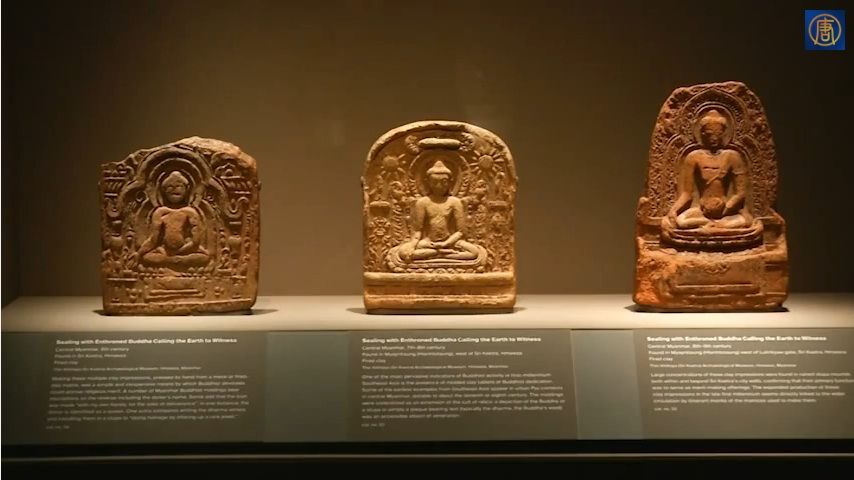 New York – The Metropolitan Museum of Art, New York is featuring an exhibition called “Lost Kingdoms Hindu-Buddhist Sculpture of Early Southeast Asia, 5th to 8th Century” till July 27, 2014.
New York – The Metropolitan Museum of Art, New York is featuring an exhibition called “Lost Kingdoms Hindu-Buddhist Sculpture of Early Southeast Asia, 5th to 8th Century” till July 27, 2014.
“From the first millennium onward, powerful kingdoms emerged in the region, embracing much of Indic culture to give political and religious expression to their identities. Hinduism (Brahmanism) and Buddhism arrived early, first witnessed by Sanskrit inscriptions, and shortly thereafter by a proliferation of large-scale religious imagery,” the note elaborated.
The New York Times states that show curator John Guy had to go to great lengths to organize the exhibition. “To organize it, John Guy, the Met’s curator of South and Southeast Asian art, cashed in institutional chips accumulated over a career of 30 years.” A statement from Guy said, “Lost Kingdoms represents the first exhibition to present the Hindu-Buddhist sculptural achievements of first-millennium Southeast Asia, a major tradition barely acknowledged in Asian art surveys. With loans from six Southeast Asian countries, this exhibition is a long overdue corrective. The works are sophisticated, subtle and often breathtaking. We are very privileged to have been permitted to include such major loans from the national museums of the region, including the first-ever loans from Myanmar, works of the utmost importance to our understanding of the early Buddhist world.”
Many of the works are uniquely crafted and not usually encountered in these particular forms. For example, in a 7th-8th century Vietnam sandstone, Ganesha is represented as an ascetic, wearing the tiger skin like his father, with a third eye on his forehead. Sculptures of avatars or aspects of a deity that are rarely seen even in India are also showcased. A South Cambodia sculpture depicts a sandstone Kalkin, a horse-headed deity, said to be the tenth avatar of Vishnu, according to the Vishnu Puran scripture [pdf].
The Met Museum’s webpage states that the exhibition is supported by the Placido Arango Fund, the Fred Eychaner Fund, the William Randolph Hearst Foundation, the Henry Luce Foundation, the E. Rhodes and Leona B. Carpenter Foundation, and the National Endowment for the Arts.





